4th Year
MONTHS
37 & 38
4th Year – Months 37-38
Household Chores Promote Hands-On Learning
Chores help children:
- develop eye-hand coordination
- organize sequences
- understand how parts make up the whole
- learn to solve problems
Children learn best with active chores that they understand. Everyday tasks can be a fun way to spend quality time with your child. These tasks are a better way to help your child prepare for school than workbook sheets on numbers, letters or words.
Children learn to be responsible in small steps.
First, allow your child to help with a job — like loading the dishwasher.
- Show them what to do and let them try to do it.
- Use patience to stand by — hands at your sides — while your child struggles with what seems a simple task.
- They will gain confidence and skills. They will learn that helping is fun.
Next, your child will do a task with a little reminding and with you watching.
- In loading the dishwasher, they may forget the spoons and you will need to say, “Let’s check to see if we have everything loaded.”
Finally, your child will be able to do the job by themself without reminders.
What’s It Like to Be 37–38 Months Old?
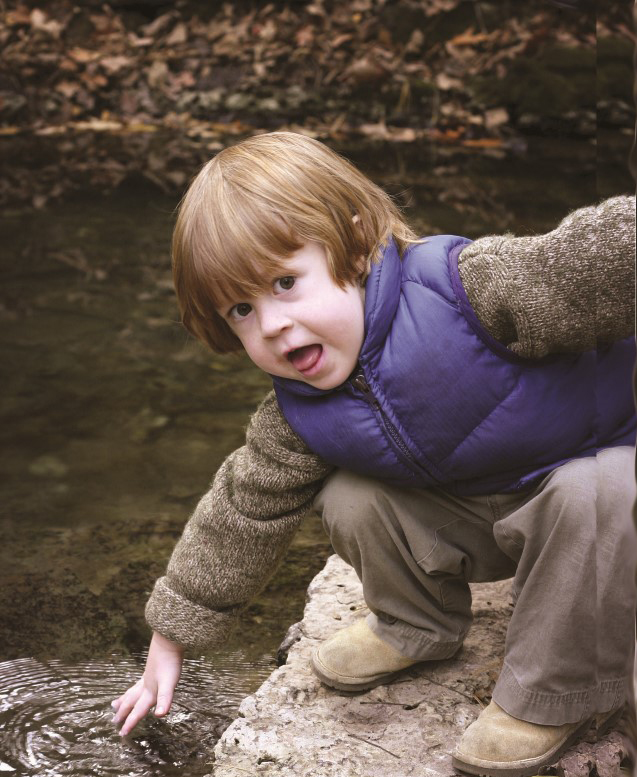
How I Get Along
- I pretend to be an animal.
- I like to play alongside other children.
- I am lively and I can talk a lot!
- I go after what I want and fight for it.
- I may be jealous.
- I often get frustrated.
How I Move
- I can balance well when I’m moving.
- I move well and quickly.
- I can gallop in high, wide steps.
- I put on and take off jackets with some help.
How I Think
- I am excited, curious, and like to use my imagination.
- I know what the numbers “one” and “two” mean.
- It’s hard for me to do two things — such as eating and talking — at once.
- I swap letters — such as “w” for “r”, as in wabbit for rabbit.
- I use words like he, she, on, over, and in.
- I understand about 800–900 words.
Some children do things earlier or later than described here. Most differences are normal. Focus on what your child can do and get excited about each new skill. If you notice that your child is lagging behind in one or more areas for several months, use this list to talk with your doctor about your child’s development.
Your Child Develops through Play
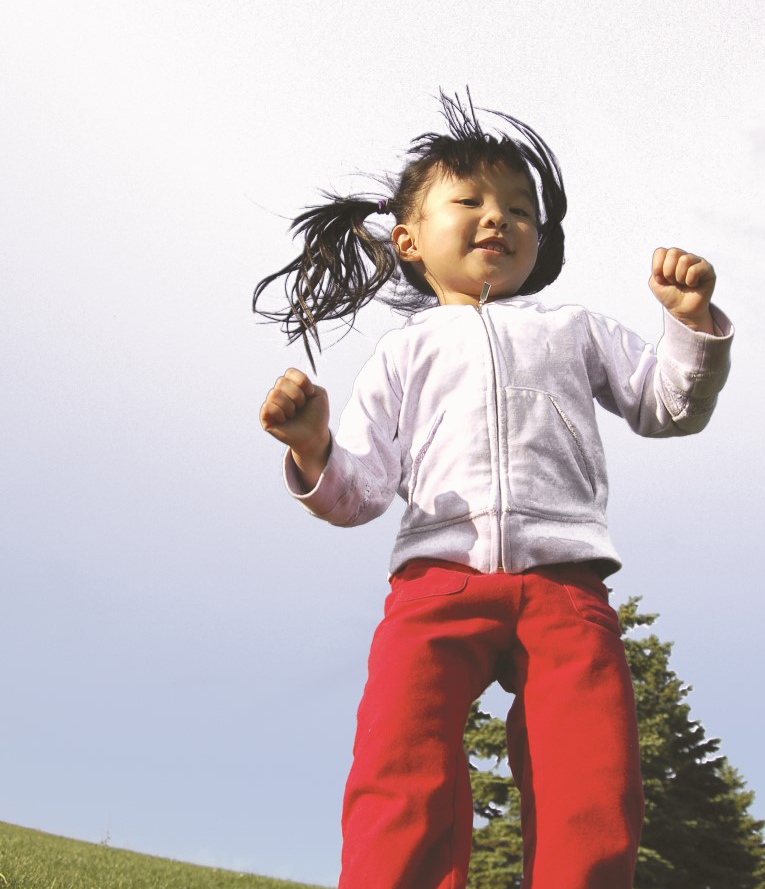
Build Muscles and Endurance through Active Play
Your child learns skills by running, jumping, throwing, and climbing. They learn how their body works and moves.
Active play will help your child:
- build strong muscles and endurance
- improve their coordination — at this age they may still be “clumsy ”
- build up endurance in their cardio and respiratory systems
- sharpen their large and fine motor skills
- learn teamwork and cooperation
- release stress
Active Play Promotes Healthy Lifestyles
Young children are balls of energy. Put it to good use. Taking time to support children’s physical development will not only help them develop skills, but will get them started on a road to an active and healthy lifestyle.
- Give your child chances for active play ever y day. Have an outdoor play area with a variety of play equipment, if possible. If you do not have room in your home for physical play, take your child somewhere that has enough room — such as a park.
- Learn new activities that will teach your child physical skills at USDA’s Physical Activity for Preschoolers
- Limit the amount of television your child is watching and encourage them to play actively instead.
- Become an advocate for outdoor play. If your child is in childcare, find out what their policy is on outdoor play. Ask that it be part of the daily schedule, when appropriate. When selecting a preschool or childcare center, choose one that alternates quiet time with free play. Ask if they limit the amount of television children watch while in their care.
Play Helps Children Develop Their Minds and Thinking Skills
- Your child can make discoveries and try out different materials through play.
- They can paint the sidewalk with water and watch it disappear on a hot day.
- Sand, water, dough, clay and even cardboard boxes give them the opportunity to create and learn.
- Pretend play gives chances to cooperate and negotiate. Children will decide, “I’ll be the Dad and you will be the kid — then we will switch.”
- Simple games can teach your child how to follow rules and take turns.
Make play materials and toys available both indoors and outdoors for your child. Include games and activities that your child can play with others or alone — like puzzles or sand box toys.
Here are ideas for toys and materials that encourage your child’s thinking skills:
- board games, computer games and puzzles (check for age ranges)
- guessing and memory games
- treasure hunts
- crayons, paper, paints and easel
- sand and water play materials
- fun clothes for dramatic play
- colored chalk for the outdoors
Strings on Clothing Can Strangle Your Child
Children can die when clothing and toys catch on playground equipment — especially slides and swings.
- Do not dress children in clothing that is loose or has strings.
- Avoid strings on hoods.
- Don’t string mittens through sleeves.
- Avoid scarves, ponchos, jump ropes, or anything that hangs around the child’s neck.
These items can catch on open-ended hooks, gaps and other parts of playground equipment — and strangle children.
Create Bedtime Routines That Help Everyone Feel Calm
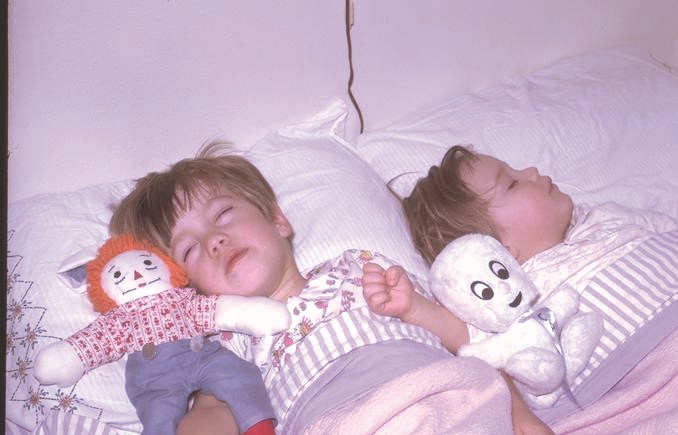
There is a difference between putting a child to bed and getting a child to sleep. The first is the parent’s responsibility, and the second is the child’s responsibility. The bedtime routine can be positive for you and your child. Your child can learn to go to bed calmly and safely and fall asleep on their own.
Suggestions on bedtime routines:
- Give your child transition time. Announce, “It’s time to get ready for bed in 10 minutes.” Help your child understand the time by saying, “When the big hand gets to the top of the clock, it’s time to wash your face and brush your teeth.” (You will need an old-fashioned clock, not a digital one for this.) You could also set a timer so they know when the time is up.
- Make up a bedtime song. “This is the way we wash our face, wash our face, wash our face, when we go to bed in the evening.” Other verses continue with what to do next — such as brush our teeth, take off our shoes.
- Make up games. Draw a sleeping face on one side of the pillowcase and a face that is awake on the other side. At bedtime, turn up the sleeping face. Give the character on the pillowcase a name like Snoozy. Say, “Night-night, Snoozy,” and tiptoe out of the room.
- Make a picture chart of all the things that your child does before they go to bed. It helps them learn the routine.
- For a sense of security, tuck a favorite animal in bed beside your child, or leave a light on or a flashlight beside the bed.
- Allow some time to unwind, a pre-sleep time. Read, sing or ask questions about the day. Be specific. “Did you see your friend Toby today?” Prepare for the next day. “The weather is going to be colder. Would you like to wear your red sweater or blue sweater tomorrow?”
- Make some rules about the number of stories or songs before bed so it is not a method for stalling.
- Stop the popping. If your child keeps popping out of bed, say, “Stay in bed. I’ll be back in five minutes to check on you.”
Is Your Three-Year-Old Ready for Preschool or Childcare?
Around the age of three, many children go to child care or preschool. Here are questions to help you decide if your child is ready.
- Is your child independent? Most programs want your child to have basic skills — such as being toilet trained.
- Have they spent time away from you in childcare or with a relative?
- Can they work on projects by themself? Encourage your child to work on projects by themself as you do household chores.
- Are they ready to play with other children? If your child is used to spending time alone, take them to play groups to introduce them to playing with other children.
- Are they used to keeping a regular schedule or routine? Before they start preschool, try to get them into a regular routine each day. Serve meals at the same time and have a bedtime routine.
- Do they have the physical stamina to last through the day? If your child needs a mid-morning nap, they may not be ready for a full day program yet. Maybe they can enroll in a half-day program until they can handle the busy schedule of a full day.
Your Child Is Becoming Independent
Your child has changed so much in the last three years. It is hard to believe they were ever that tiny baby that you held in your arms. They are becoming more independent and capable every day.
Lately it seems like they want to do everything for themself and help with everything you are doing. You may hear “Let me” constantly. They want to be in charge and let you know it.
Your job is to keep them safe as they try new things. Your child is building new skills and becoming more confident. Being their parent can be fun, exciting —and challenging. Try to be patient. They are going through the steps they need to grow up healthy and ready for success.
Positive Guidance Helps Your Child Become Responsible
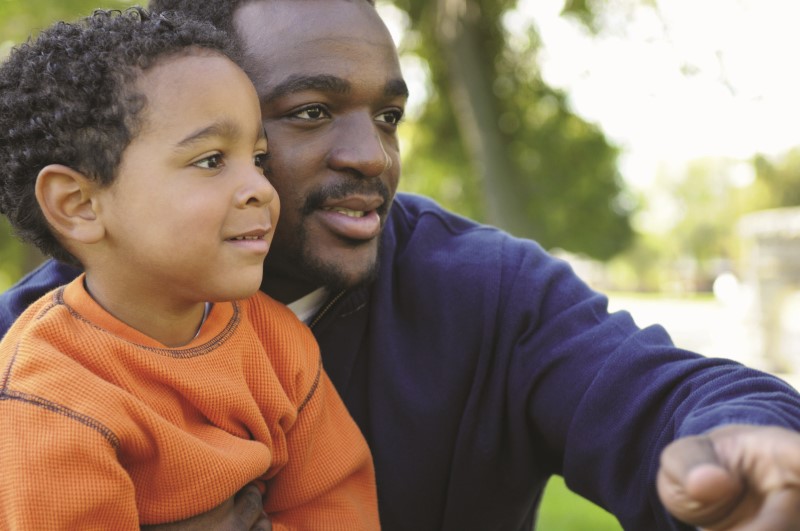
Parents want their children to grow up to be responsible and trustworthy. They want their children to do the right thing, even when they are not watching. Here are some guidance techniques:
Set fair rules and reasonable limits.
- It helps children feel secure. It also teaches them what is expected.
- Children become confused and may misbehave when limits are not consistent or rules are not clear.
Give clear and positive instructions.
- You may need to show them how to do the task and help with it for a while.
- Make sure your child hears you. Instead of yelling your request from the kitchen, go to where your child is and say what you want done.
Keep in mind that your child wants to please you.
- If you ask your child to pick up their toys, let them do it. If you re-do their work, they will learn that they cannot do it right and might not even try later on.
- Help them break the job down into steps. Show them how to put the puzzles on the shelves and blocks in the box.
- Try to make it fun and encourage their efforts.
Let your child help you set rules and consequences for breaking the rules.
- For example, “The rule is you may ride your tricycle on the driveway. If you ride in the flowers you will lose your driver’s license until tomorrow.”
- If your child breaks the rule, put the tricycle away and say, “I see you made your choice. Tomorrow you can ride your tricycle on the driveway.”
Say what you mean and mean what you say.
- For example, tell your child that bedtime is in ten minutes, rather than asking if your child is ready for bed.
- Do not give choices if there are not any.
Set a good example to help your child learn self-control.
Your three year old is getting better at handling their emotions and getting along with others, but they still have a lot to learn. A three year old:
- Wants to please adults.
- Has some fear of strangers, animals, or the dark.
- Becomes anxious in new situations and may still have some temper tantrums.
You want them to be responsible and well-behaved.
- To do this, they need to have self-control.
- Self-control is the ability to control your thoughts, behaviors and actions.
- Your child will not have full self-control for a couple more years —but they can begin learning what it is.
Your child will learn self-control by watching you.
- Show how you can stay calm when someone cuts in line at the store.
- Talk about how you resist the temptation of a cookie before dinner.
- When you want something, share how you make a plan and stick to it to get it.
Your child will follow your example. Sometimes your example is not a good one! Make this an opportunity to teach, also.
- If you lose your cool, let your child watch you apologize.
- If you break a promise, talk about it and make sure to follow through the next time.
Will My Three Year Old Ever Get Toilet Trained and Use the Potty?

Some 3 year olds can use the toilet, and others are not interested. Each child sets their own pace. It might comfort you to know that almost all children are toilet trained by their 4th birthday. Occasional accidents may happen for a year or two after that.
Is your child ready and willing to use the potty? Your child needs to be physically ready, able to understand what you want, and have the motivation to do it. Generally, girls are toilet trained quicker than boys are. Talking about using the toilet can speed things along. Teach them words to use for the toilet and their need “to go potty.” Storybooks about the toileting process can help. Ask for book ideas at the library.
Your child needs to feel secure while sitting on the toilet. Use a potty chair or a full sized toilet with an adapted seat and step stool. Place the potty in an easy place to get to and encourage your child to use it. Keep your child’s clothing easy to remove.
Use these ideas to teach about using the potty:
- Young children love to imitate others. Let your child sit on their potty when you go to the toilet.
- Watch for signs that your child needs to go and help them go to the potty. Good times to try are when they wakes from a nap or after eating. Keep it short and stay with them.
- Recognize the small steps they take along the way — like pulling down their own pants or sitting on the potty (even when nothing happens!)
- Be positive and give hugs with each success. Soon you will be walking past the diaper shelf at the store!
Keep Your Couple Relationship Strong by Talking about Who Does What
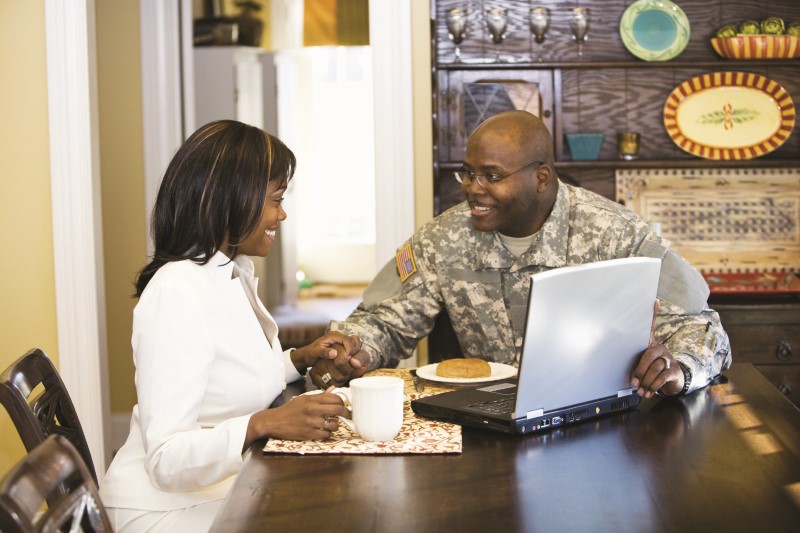
When stress is high, couples begin noticing and comparing the amount of work they are doing with what they think their partner is doing. This is dangerous because you are well aware of all that you are doing — but it is hard to see everything that your partner is doing. The things you do may seem more difficult and important than those your partner does. Start talking about it…
- My favorite household job is…
- I really do not like having to…
- It’s hard for me to sit and relax when I see…
- A task we could cut back on is…
If you find yourself keeping score, try to remind yourself of all the things your partner does. What is fair is not always equal. The score is likely to even out over time.